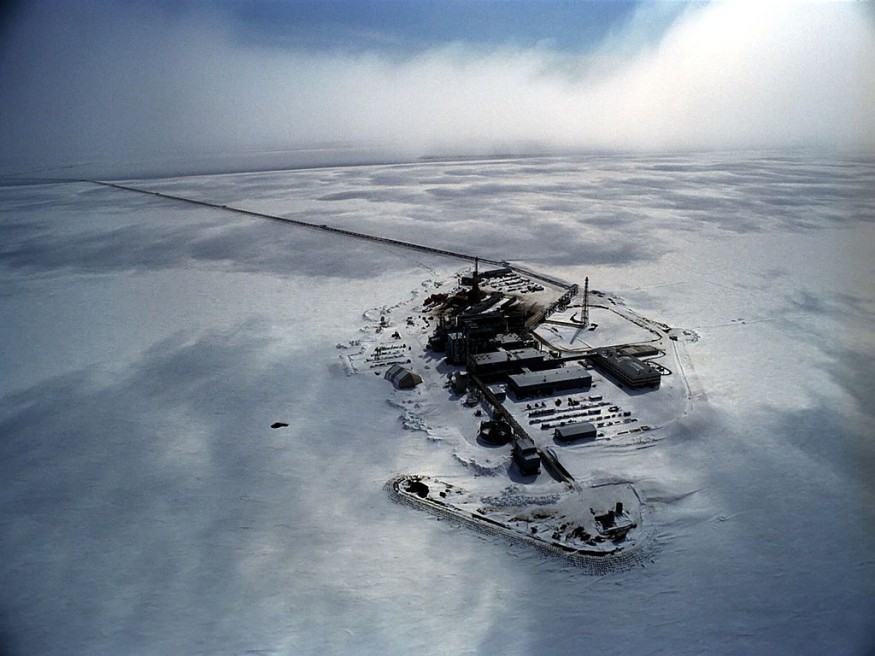Conservationists and environmentalists have been greatly concerned by the access given to oil companies to drill in the Arctic National Wildlife Refuge. Drilling activity since the 1970s has posed a serious threat to the Alaskan ecosystem on top of habitat loss from climate change.
The Arctic National Wildlife Refuge in northeast Alaska rests on more than billions of barrels of oil. Although oil companies can potentially provide jobs for locals, the impact on the animals that live there could be disastrous.

Animals such as polar bears, birds, bears, and many more have been endangered due to human activities such as burning fossil fuels and drilling for oil. This year, experts have recorded the Artic circle's warmest temperature. Also, Greenland has been experiencing extreme glacier loss and the last fully intact ice shelf in the Canadian Arctic had collapsed.
Kristen Monsell of the Center for Biological Diversity said that the government plans to continue drilling for oil 'could devastate the amazing array of wildlife that call the refuge home through noise pollution, habitat destruction, oil spills, and more climate chaos.' Alaska is birthing ground for the Porcupine caribou and is a refuge to more than 200 bird species, Artic foxes, moose, and bear species.
Oil Spills
One of the most vulnerable species to oil spills are polar bears. Their white coat soaks up the oil for up to weeks. They can also ingest the oil while grooming as the substance irritates their skin and 'destroy the insulating abilities of the fur,' said Monsell. When the oil is ingested, it can be fatal 'on the lungs, kidneys, blood, gastrointestinal tract, and other organs and systems. An oil-coated bear that is not cleaned and rehabilitated will probably die,' she added.
During the springtime, over 200 bird species cover-up 'every little puddle,' shared Professor Natalie Boelman from Columbia University. Drilling oil can also cause noise pollution to both animal populations and nearby indigenous communities. Other noises from industrial activity include airplanes, helicopters, trucks, and seismic activity.
Read Also: 1 Kilometer Ozone Hole Above the Arctic Has Finally Closed Due To Polar Vortex Warming
Hunting, Caribou & Wolves
Although there has been a lack of scientific studies focused on how anthropogenic activity bothers animal populations in the Arctic National Wildlife Refuge, the native communities have a lot of anecdotal evidence, shared Boelman. Due to air traffic, hunters have struggled to capture caribou and waterfowl, which their families are dependent on. A helicopter or airplane passing by marks the end of a hunt since the noise has woken up the animal they're hunting.
Drilling activity would also greatly disturb the breeding grounds of Porcupine caribou. Each year, shared Maggie Howell of the Wolf Conservation Center, 'the herd travels north to the coastal plain every year, about 400 miles each way, and that's where they're having their babies. Any drilling is going to impact their lives drastically, as well as all the other animals and people who depend on that caribou.'
Losing caribou populations would impact the Alaskan tundra wolf, who rely on the herd for food. Drilling activity would greatly impact both populations in Alaska and Canada. The Arctic National Wildlife Refuge is meant to be preserved and kept as a safe haven for the wildlife, said Howell.
Check out more news and information on Oil Drilling in Science Times.
© 2025 ScienceTimes.com All rights reserved. Do not reproduce without permission. The window to the world of Science Times.











